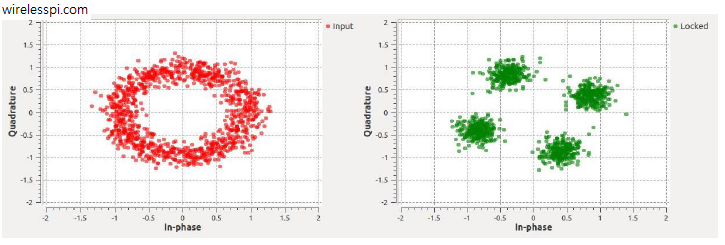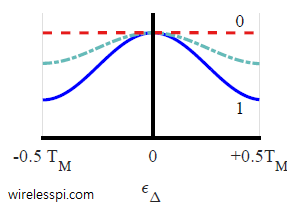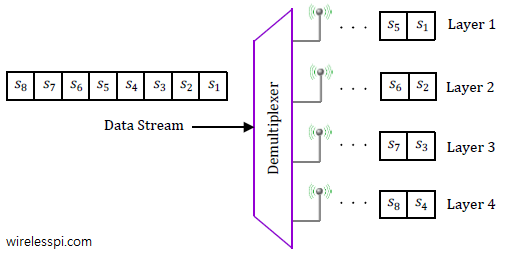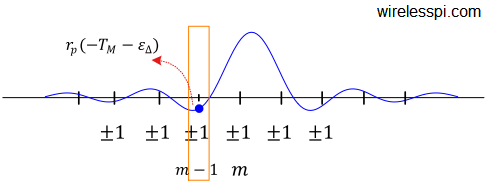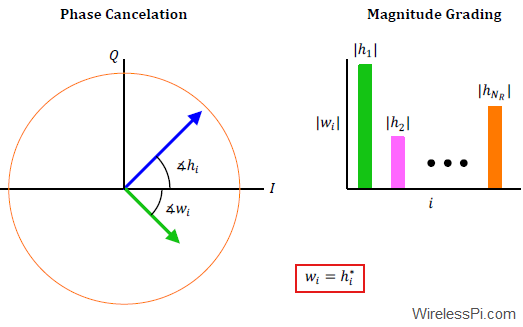Costas loop is a carrier phase synchronization solution devised by John Costas at General Electric Company in 1956 [1]. It had an enormous impact on modem signal processing in general and carrier synchronization in particular. At that time, it was customary to send a pilot tone for carrier synchronization along with the data signal which consumed a significant amount of power. Costas was one of the earliest scientists to demonstrate that the carrier phase could be reliably recovered from the Rx signal without the need of a pilot tone. In words of Costas, "It is unfortunate that many engineers tend
Continue reading